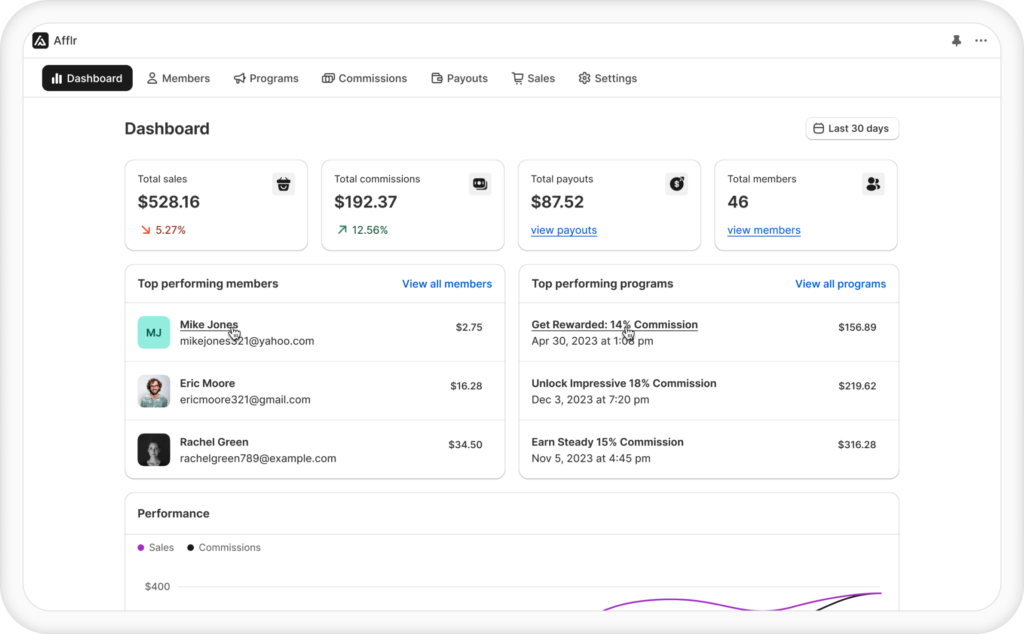When I first researched influencer marketing, I constantly heard about micro-influencers and nano-influencers. At first, they sounded like industry jargon, but I soon realized their immense value. These aren’t celebrities but everyday creators with loyal, highly engaged audiences who trust their opinions.
For store owners, choosing between a micro-influencer vs a nano-influencer depends on your goals, budget, and audience. In this blog, I’ll share what I’ve learned about both and how to pick the right one to help your brand grow in 2025.
Empower influencers with unique affiliate links, track their performance, and boost your ROI with Afflr.
Who are Nano Influencers?
Nano-influencers are mostly those having under 10,000 followers, but the degree to which they can drive trust and loyalty makes them a good option for brands.
Key benefits of nano-influencers :
- High authenticity: The audience sees them as relatable and trustworthy.
- Personal engagement: They often interact directly with followers by strengthening connections.
- Cost-effectiveness: Nano-influencers are budget-friendly compared to larger influencers.
- Niche targeting: Their small but focused audience makes them ideal for specific market segments.
- Higher trust factor: Their recommendations feel genuine and create a strong brand affinity.
The benefit of nano-influencers excels in delivering a personal touch. If you’re a store owner looking to build trust and connect deeply with a specific audience, nano-influencers could be the secret weapon your brand needs. Choosing between nano and micro-influencers depends on your goals.
Pros of Nano Influencers
- Authentic: Their recommendation is real.
- Engagement: Interacting on a personal basis fosters trust.
- Cost Effective: Great for a smaller budget.
- Targeting: They reach super-specific audiences.
- Loyal Followers: Leads to more effective conversion
Cons of Nano Influencers
- Less reach: A smaller number of followers implies low exposure.
- Very time-consuming: Handling various influencers requires extra work.
- Can’t scale well: It doesn’t work that well for huge campaigns.
- Not so polished: Less professional and raw.
Nano-influencers excel in building trust and targeting niche markets. You can learn from our blog how to turn customers into brand advocates as nano influencers are famous in their community.
Who are Micro-Influencers?
Micro-influencers are creators who have a dedicated audience, ranging from 10,000 to 100,000 followers and have built trust and credibility in a niche. Unlike nano-influencers, they bring both reach and engagement making them huge phenomena, especially for most brands.
Key characteristics of the micro-influencers:
- Follower count: Generally ranging between 10,000 to 100,000, giving them a larger reach compared to nano-influencers.
- Niche expertise: They specialize in specific industries or topics, making them perfect for high-earning niches.
- Engagement: Their audience is highly engaged and often looks for their recommendations.
- Professionalism: Many micro-influencers have experience working with brands, making them easier to work with.
Micro-influencers are one of the best choices for companies who want to get a mix of scale and authenticity. Both nano and micro-influencers provide various features. You can choose them based on your choice.
Pros of Micro-Influencers
- Wider reach: 10,000–100,000 followers for broader visibility.
- Strong engagement: Loyal, active audience.
- Affordable: Cost-effective compared to big-name influencers.
- Niche expertise: Ideal for targeted campaigns.
- Scalable: Easy to collaborate with multiple influencers.
Cons of Micro-Influencers
- Higher cost than nano: More expensive than nano-influencers.
- Lower engagement rates: Audience growth can dilute engagement.
- Less personal connection: Not as close with followers as nano-influencers.
- Busy schedules: Popular influencers may be hard to book.
- Less exclusivity: Multiple brand partnerships can reduce authenticity.
Micro-influencers have just the right mix of reach and cost. Still, the appropriate fit for your brand is all that matters.
As a store owner, you can also encourage word-of-mouth marketing among your customers and influencers.
Partner with Influencers and grow your brand’s reach effortlessly with Afflr.
Strategies to Identify Nano and Micro-Influencers
Nano and micro-influencers can be found out by certain key points. I have listed them below;
- Search Niche Hashtags: Use hashtags and geotags to spot influencers in specific niches or locations.
- Analyze engagement rates: seek 4–10% engagement. Tools such as Modash or HypeAuditor may be helpful.
- Check Existing Followers: Check if loyal customers or followers align with your target audience.
- Explore Niche Communities: Find active participants in Facebook groups, Reddit, or forums.
- Use Influencer Platforms: Tools like Aspire or BuzzSumo allow precise filtering by follower count and niche.
- Monitor Brand Mentions: Track mentions of your brand or competitors to identify nano and micro-influencers naturally engaging with similar products.
What is the difference between Nano and Micro-Influencer?
When choosing between nano and micro-influencers, several factors came into my mind. To make it easier for store owners like you to choose I have listed out their differences.
| Differences | Nano-Influencers | Micro-Influencers |
| Followers Count | 10,000 followers | 10,000 – 1,00,000 followers |
| Engagement Rate | Have higher engagement rates due to their smaller, more loyal audiences | Have strong engagement but are slightly diluted with larger audiences |
| Cost | Budget-Friendly | More expensive |
| Authenticity | Extremely authentic with deep personal connections | Authentic, but with a more polished and professional approach |
| Reach | Limited Reach | Broader Reach |
| Target Audience | Serve highly specific and niche audiences | Reach a wider audience but still cater to specific segments |
| Content Style | Personal Content | Professional Content |
| Campaign Focus | Focus on relationship-building and trust | Focus on showcasing products to a larger group |
| Best For | Small businesses | Large Businesses |
In my opinion, if you are a small business seeking authenticity and a deep connection with a niche audience, then nano-influencers are the way to go. However, if you’re looking for a broader reach and visibility, then micro-influencers offer the right balance of engagement and scale. Choosing between a nano or micro-influencer depends on your brand’s priorities.
How to combine Nano and Micro-Influencer Marketing
In my experience, nano and micro-influencer marketing are excellent in combination: it’s quite effective in covering a wide spectrum of audiences and keeping engagement high. I have been successfully merging both the strategies as below:
1. Use Reach and Engagement:
Use micro-influencers to cover large audiences and nano-influencers to engage niche markets.
2. Create Tiered Campaigns:
I have found that running tiered campaigns, where nano-influencers create authentic content and micro-influencers boost it to a wider audience, works wonders.
3. Target Multiple Audience Segments:
I have been able to reach both highly specific audiences through nano-influencers and larger, more varied audiences with micro-influencers.
4. Cross-Promote Campaigns:
I encourage both nano and micro-influencers to share the same campaign on their platforms. The message will reach different kinds of followers.
5. Use Social Media Synergy:
Nano-influencers create very relatable content on platforms such as Instagram, whereas micro-influencers push these campaigns across multiple platforms such as YouTube and TikTok to gain a wider reach.
6. Collaborate on Long-Term Campaigns:
Partnership with both types of influencers for long-term campaigns develops trust and consistency among their audience.
7. Hybrid Incentives:
I ensure both are motivated by combining upfront payments for micro-influencers and affiliate-based commissions for nano-influencers in case of high performance.
8. Combining Content for Maximum Impact:
I have achieved a balance using nano-influencers for content such as behind-the-scene or even casual content to use micro-influencers and get more promotional, polished material.
Merging nano and micro-influencers resulted in a larger and more cohesive marketing strategy – with engagement maximized and spread for maximum depth and breadth.
How to approach Influencers for your store?
Choosing between Nano Influencer and Micro-Influencer is a part. What comes next is, how to approach influencers to be a part of your store. You can make use of emails, or send direct messages too. Let’s decode;
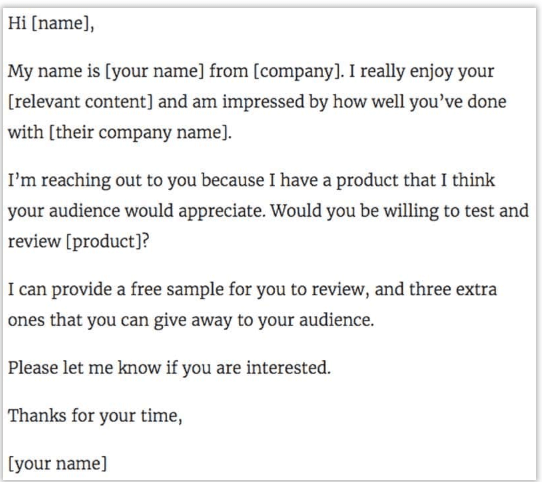
This image shows an example of how you can approach influencers to be part of your Affiliate program.
- Be Personal:
I always start with a personalized message, showing I value their work. - Show the Benefit:
I focus on what’s in it for them and how we can grow together. - Set Clear Expectations:
I make sure I’m clear on what I need and what they’ll get in return. - Engage First:
Before reaching out, I like to engage with their content to build rapport. - Keep It Simple:
I keep the pitch very simple so they can say yes easily.
You can check out our blog on top affiliate email examples to know how to approach influencers through emails.
Case Studies and Examples
Here are a few examples and case studies showcasing the impact of nano and micro-influencers:
Nano-Influencer Case Studies
Daniel Wellington: Instagram Watch Campaign
The watch brand Daniel Wellington partnered with nano-influencers for content creation.
- Approach: They provided influencers with free products and custom discount codes to promote on Instagram.
- Results: Massive organic reach and increased sales through personalized discount codes.
- Key Takeaway: Nano-influencers can amplify reach without straining budgets, particularly when focusing on niche audiences.
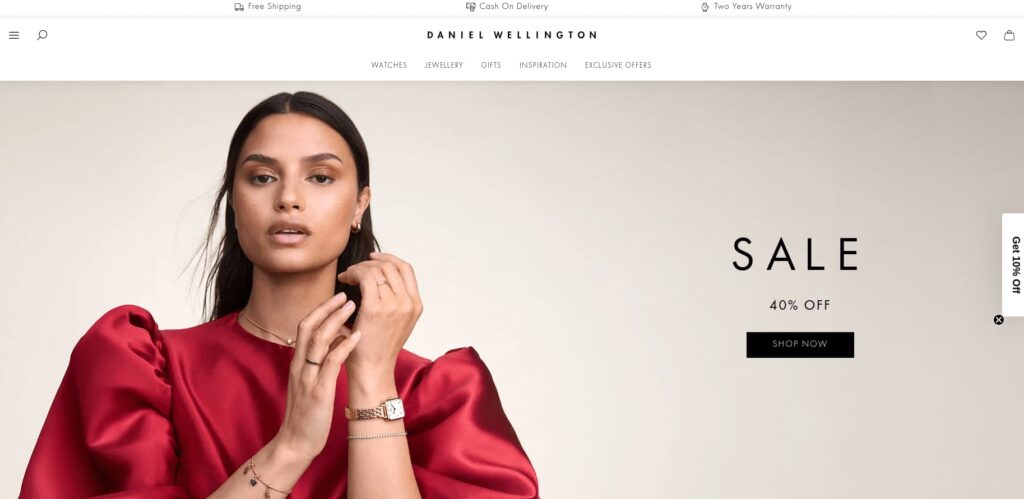
Micro-Influencer Case Studies
HelloFresh: Driving Subscriptions with Micro-Influencers
HelloFresh, a meal kit delivery service, collaborated with micro-influencers to promote their subscription plans.
- Approach: Influencers shared unboxing videos, meal preparations, and reviews on platforms like Instagram and YouTube.
- Results: This led to higher subscription sign-ups, as audiences valued the detailed, relatable insights from influencers.
- Key Takeaway: Micro-influencers excel in creating detailed content that educates and converts audiences.

Lessons from the Examples
- Nano-Influencers: Perfect for budget-friendly, authentic promotions with a personal touch.
- Micro-Influencers: Best for creating in-depth, niche content with a broader reach and measurable ROI.
A successful marketing strategy often involves collaboration with both a nano and micro-influencer in balancing personal engagement and wider audience reach.
Agencies that help to hire Influencers
Nano-Influencers
1. Heepsy
Specialty: Provides a repository of nano-influencers specifically according to Shopify markets such as lifestyle, home improvement, and personal care.
Notable Features:
- Strong filtering that searches for influencers working in Shopify-related niches
- Analytics and testing tools for influencing engagement and potential conversion.
- Why Use Them: Budget-friendly, ideal for Shopify brands focusing on niche markets.
You can check our blog on high-performing Shopify agencies to know more about who will suit you.

2. Obviously
Specialty: Full-service agency that specializes in Shopify E-commerce brands in beauty, wellness, and fashion.
Notable Features:
- Creating campaigns that highlight Shopify stores and product features.
- Campaign management from seed to shoot, including product seeding and content creation.
Why Choose Them: Best for Shopify merchants who want expert guidance with minimal effort on their part.
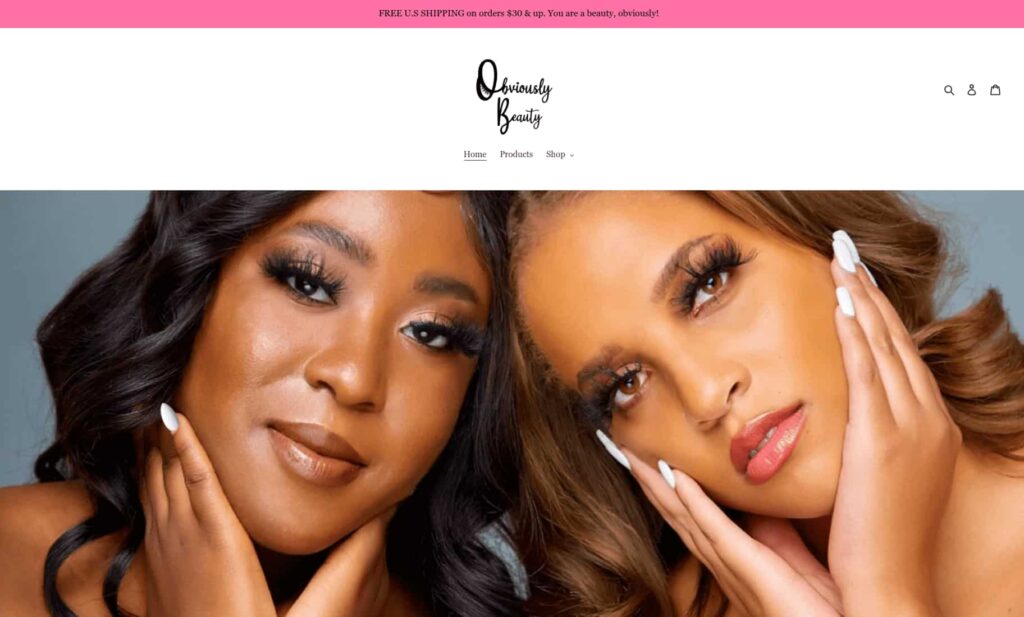
How These Agencies Align with Shopify Goals
- Shopify Integrations: Most agencies provide a seamless affiliate integration tool directly with Shopify for tracking the performance of an influencer.
- E-commerce Metrics: Sales, traffic, and average order value metrics are used specifically for Shopify merchants.
- Niche Expertise: These agencies specialize in the niches where Shopify stores commonly fall, including fashion, beauty, and home goods
Micro-Influencers
1. Tanke
Specialty: Tailors micro-influencer campaigns for Shopify stores in fashion, lifestyle, and beauty.
Notable Features:
- Expertise in creating visually compelling campaigns for Instagram and TikTok.
- Strong focus on driving Shopify store traffic and conversions.
Why Select Them: Tanke is particularly strong in creating content that resonates with niche audiences, which would appeal to Shopify merchants.
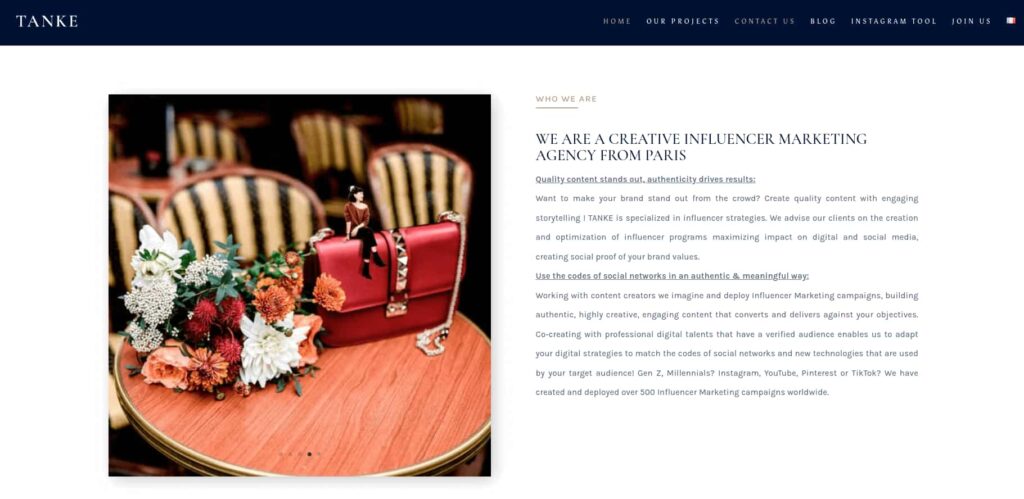
2. GRIN
Specialty: Influencer marketing platform that’s holistic and offers integration with Shopify.
Notable Features:
- Enables brands to discover and collaborate with micro-influencers natively within the application.
- Measures Shopify-specific metrics, such as sales and ROI on influencer marketing.
Why Choose Them: A perfect fit for Shopify brands who need a scalable, data-driven way of managing influencer marketing.
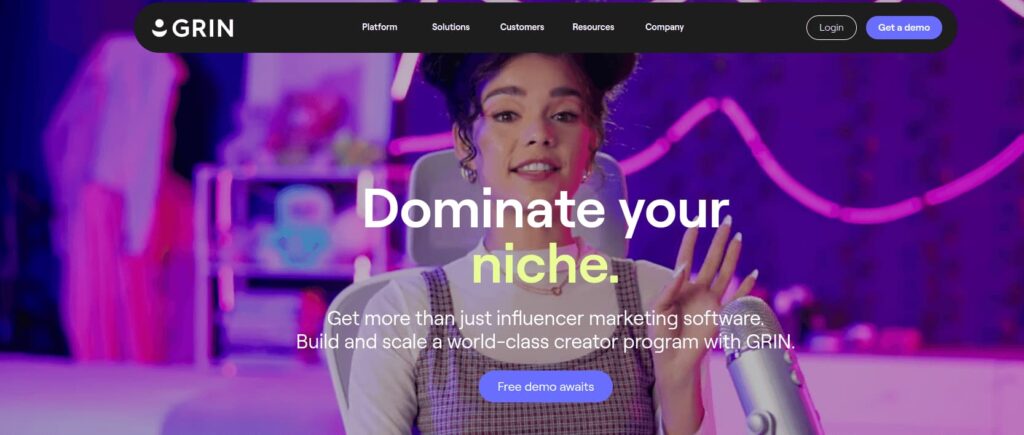
How These Agencies Align with Shopify Goals
- Shopify Integrations: Many agencies offer direct integrations or analytics tailored to track Shopify-specific metrics like sales and conversion rates.
- E-commerce Specialization: They are proficient in the types of industries that most appeal to Shopify store owners, which include beauty, fashion, and wellness.
- ROI Focus: They focus on performance metrics so that Shopify brands know the outcome of their micro-influencer campaigns.
Collaborate with influencers for behind-the-scenes content and watch your brand visibility soar!
Conclusion
Both nano and micro-influencers have unique strengths for Shopify brands. Nano-influencers excel in authenticity and niche engagement, perfect for small-budget campaigns. Micro-influencers bring broader reach and higher visibility, ideal for scaling your brand.
The best thing I would say is, that it depends on your goals, whether building trust or expanding reach. Use insights from our blog to make an informed decision and craft an influencer strategy that drives success for your Shopify store.
Further Reading
- How to set up your Instagram affiliate marketing?
- A Guide to Shopify Influencer Marketing
- 10 High-Earning Affiliate Marketing Niches in 2024
- Top 5 Shopify Affiliate Campaigns to Try
Frequenty Asked Questions:
A micro-influencer vs nano-influencer depends on your brand’s goal. Nano and micro-influencers serve unique purposes: engagement and trust. Nano and micro-influencers are balanced between personal relationships and reach as a whole for 1,000 to 100,000 followers combined.
Yes, The number for being an influencer is often pegged at 1,000 followers for nano and micro-influencers. Whether a micro-influencer or nano-influencer, the impact of such a person is more on audience trust and engagement than on the size of the following, making nano and micro-influencers valuable assets for brands.
The number of followers a successful influencer has can vary widely, depending on the platform and niche. A micro-influencer and nano-influencer can be successful with as few as 1,000 followers if their audience is highly engaged and aligned with their niche.
The total influencer impressions will be calculated as the total reach or followers multiplied by the average view rate of their posts or stories. A micro-influencer or nano-influencer may have 10,000 followers with an average view rate of 20%, meaning 2,000 impressions for a post. Tools that are made specifically for nano and micro-influencers are designed to more accurately track impressions, ensuring accurate campaign measurement for both nano and micro-influencers.
